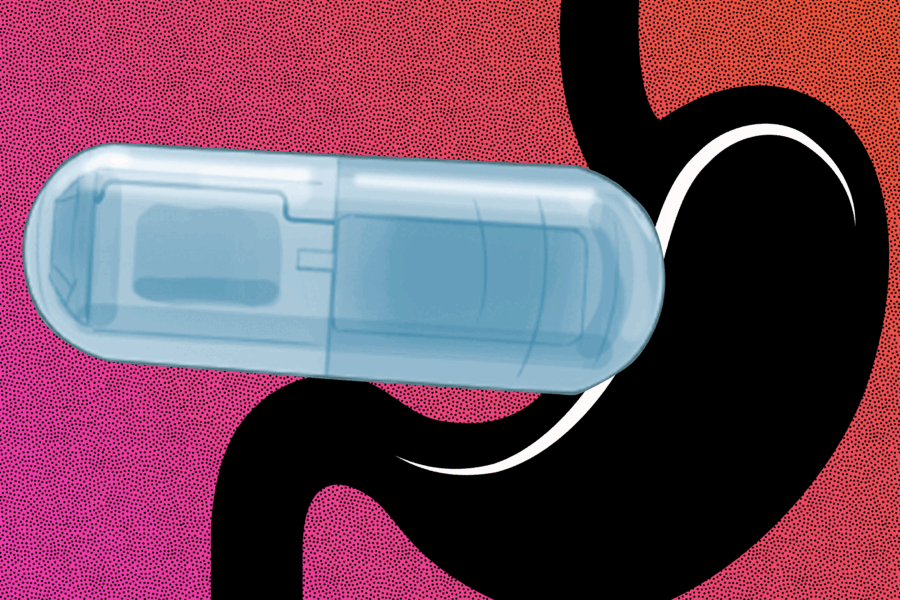Gathering water through fog harvesting is a straightforward process. To illustrate, just a few square meters of specialized mesh can amass several hundred liters of liquid daily. However, in numerous urban areas, these water reserves are frequently tainted by airborne pollutants. Consequently, they become unsuitable for both cooking and drinking purposes.
In the latest research endeavor, scientists have engineered an innovative fog net variant designed to cleanse the captured water. Researchers from ETH Zurich have made significant strides in fog net technology by incorporating sunlight-induced molecule breakdown. In their recent study, they introduced an innovative fog net variant capable of purifying the collected water.
Efficiency and Pollution Removal
This novel net comprises metal wiring enveloped in specific polymers and titanium dioxide. The polymer blend is precisely formulated to enhance droplet formation efficiency, facilitating swift movement down the mesh. Simultaneously, titanium oxide acts as a chemical catalyst, disintegrating organic compounds upon exposure to UV rays in sunlight.
The fog net, tested in lab and pilot plant settings, collected 8% of water from artificial fog while removing 94% of pollutants like diesel and BPA. Sunlight exposure for 30 minutes activated the titanium oxide, allowing it to work for 24 hours even in areas with little sunlight.
“Our system not only harvests fog but also treats the harvested water, meaning it can be used in areas with atmospheric pollution, such as densely populated urban centers,” said Ritwick Ghosh, the lead author of the study.







